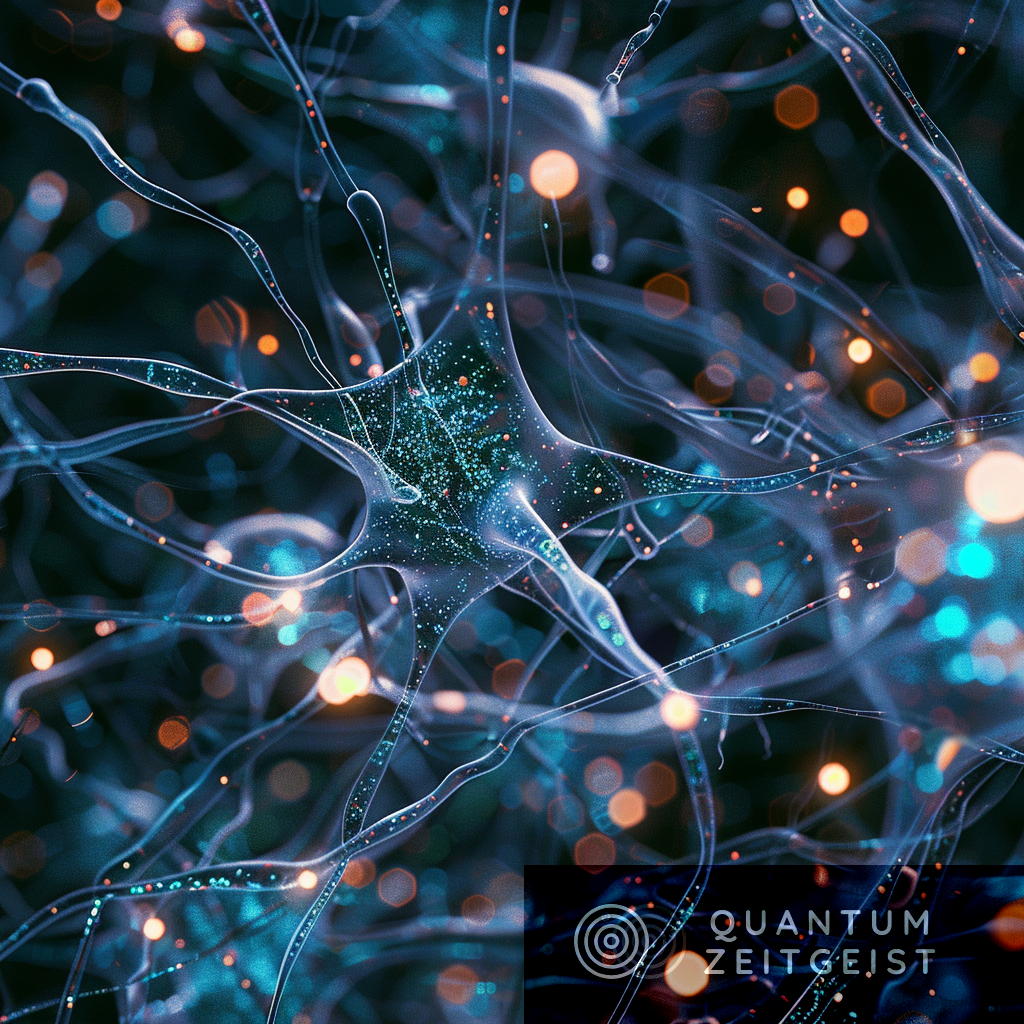Quantum Machine Learning (QML) is an emerging field that uses quantum systems to enhance neural network training. It has potential applications in drug discovery, natural language processing, and more. However, it faces challenges related to learnability, trainability, and practicality. A recent study proposes a training scheme for classical neural networks using the large Hilbert space of a quantum system, reducing the number of parameters and making the results directly usable on classical computers. This approach addresses data encoding issues and lowers the requirements for using QML results, enhancing the practicality of quantum computers in everyday life.
What is Quantum Machine Learning and How Does it Work?
Quantum Machine Learning (QML) is an emerging field that uses the unique computational abilities of quantum systems to revolutionize the way neural networks are trained and operated. Quantum operations can be used to encode and process data into quantum neural networks (QNNs), which can theoretically evaluate numerous possibilities simultaneously using quantum superposition and entanglement, thus accelerating the learning process.
QML has shown diverse practical applications with significant impact, including advancements in drug discovery, large-scale stellar classification, natural language processing, recommendation systems, and generative learning. However, despite its potential benefits, QML is still an emerging field that needs to overcome several challenges before achieving widespread adoption. Key challenges include addressing issues related to the learnability and trainability of QML models.
How Can Quantum Machine Learning Improve Classical Neural Networks?
A recent study proposes a training scheme for classical neural networks (NNs) that utilizes the exponentially large Hilbert space of a quantum system. By mapping a classical NN with M parameters to a quantum neural network (QNN) with O(polylog M) rotational gate angles, the number of parameters can be significantly reduced. These gate angles can be updated to train the classical NN. Unlike existing QML methods, the results obtained from quantum computers using this approach can be directly used on classical computers.
This novel approach addresses the data encoding issue of the QNN by training a classical NN with classical input and output. Once the model is trained by the QNN, inference only requires classical computers, significantly lowering the requirements for using QML results and enhancing the practicality of quantum computers in everyday life.
What are the Practical Challenges of Quantum Machine Learning?
In addition to issues related to learnability and trainability, the practicality of QML models represents a significant concern. As the input data scales, the width and depth of the quantum circuit proportionally increase, hindering its accuracy in the noisy intermediate scale quantum (NISQ) era. While classical preprocessing could mitigate this by reducing data dimension, concerns arise regarding potential information loss in such cases.
Another challenge posed against QML is that for both pure and hybrid quantum-classical machine learning (ML) models, the practical usage of the trained model at the inference stage mandates access to a quantum computer. However, quantum computers or even cloud access to quantum computing resources are extremely limited, introducing a significant requirement for the effective utilization of trained QML models.
How Can Quantum Algorithms Improve the Training of Classical Neural Networks?
To alleviate the practicality concern, a viable approach involves the utilization of quantum algorithms for training classical NNs. This strategy enables the utilization of the trained classical NN model without encountering the challenges associated with data encoding and relying on quantum computers.
The proposed framework involves mapping the classical NN weights to the Hilbert space of a quantum state of QNN. This approach facilitates the tuning of the parameterized quantum state represented by QNN, thereby enabling the adjustment of the classical NN weights. Significantly, this is achieved with a reduced parameter count of O(polylog M) compared to the classical NN with M parameters.
What are the Implications of this Research?
This work opens a new branch of QML and offers a practical tool that can greatly enhance the influence of QML as the trained QML results can benefit classical computing in our daily lives. The proposed method demonstrates the effectiveness of the approach with numerical results on the MNIST and Iris datasets.
The research also investigates the effects of deeper QNNs and the number of measurement shots for the QNN, followed by the theoretical perspective of the proposed method. This innovative QML framework introduces a novel perspective and significantly lowers the requirements for using QML results, enhancing the practicality of quantum computers in everyday life.
Publication details: “Training Classical Neural Networks by Quantum Machine Learning”
Publication Date: 2024-02-26
Authors: Chen-Yu Liu, En-Jui Kuo, Cheng-Yu Lin, Sean Chen, et al.
Source: arXiv (Cornell University)
DOI: https://doi.org/10.48550/arxiv.2402.16465

